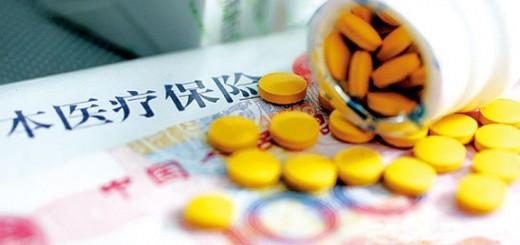| Share This Article
Research Frontiers of Medicinal Plants |
||
| DOWNLOAD |
|
Downloads Pharmacological Review of Ginsenoside Dammarane Saponin Rh2 Downloads Pharmacological Review of Ginsenoside Dammarane Saponin Rg1 Downloads Pharmacological Review of Ginsenoside Dammarane Saponin Rb1 Downloads Pharmacological Review of Aglycon Dammarane Sapogenin (AGS) – Protopanaxatriol (PPT) Downloads Pharmacological Review of Aglycon Dammarane Sapogenin (AGS) – Protopanaxadiol (PPD) |
Potential role of dammarane sapogenin protopanaxatriol PPT in treatment of Parkinson’s disease
Ginseng, the root of the Panax ginseng, has been a popular and widely-used traditional herbal medicine in Korea, China, and Japan for thousands of years. In recent years, this herbal supplement has become popular worldwide as a natural medicine and functional food used to revitalize the body and mind, increase physical strength, slow aging and boost stigma or vigor in addition to preventing various diseases. Parkinson’s disease (PD) is a progressive neurodegenerative disease that afflicts an estimated 2% of the global population over the age of 60 years. The main symptoms of PD are motor disorders including tremor, rigidity, bradykinesia and postural instability, and non-motorrelated disorders including sleep disturbance, autonomic dysfunction, cognitive deficits, depression, and olfactory deficits. These symptoms result from the progressive degeneration of the nigrostriatal dopaminergic pathway and resultant decreased dopamine level in the brain. To date, most PD therapies provide only symptomatic treatment, and no drug has been found that prevents the progressive loss of dopaminergic neurons in PD patients. Recently it has been demonstrated that P. ginseng and its pharmacologically active compounds, ginsenosides, have beneficial effects in both in vitro and in vivo models of PD. There are more than 30 ginsenosides found in P. ginseng, and most of them belong to proropanaxatriol-type, and can be metablized into the most active form of ginsenosides – protopanaxatriol (PPT). When PPT was added to dopaminergic neurons (brain cells which produce dopamine, a neurotransmitter responsible for maintain normal muscle movements and other important functions), these cells can resist much better against the abuse of 1-methyl-4-phenylpyridiniumion with higher survival rate than the control. The results were published on Acta Neuropharmacologica 2011, 1(5). The study elucidates the underlying mechanism of ginseng’s protective effects on neurons, and PPT, ginseng’s active ingredient, is able to increase the resistance of dopaminergic neurons against abusing factors so as to prevent the development and progession of Parkinson’s disease. |








